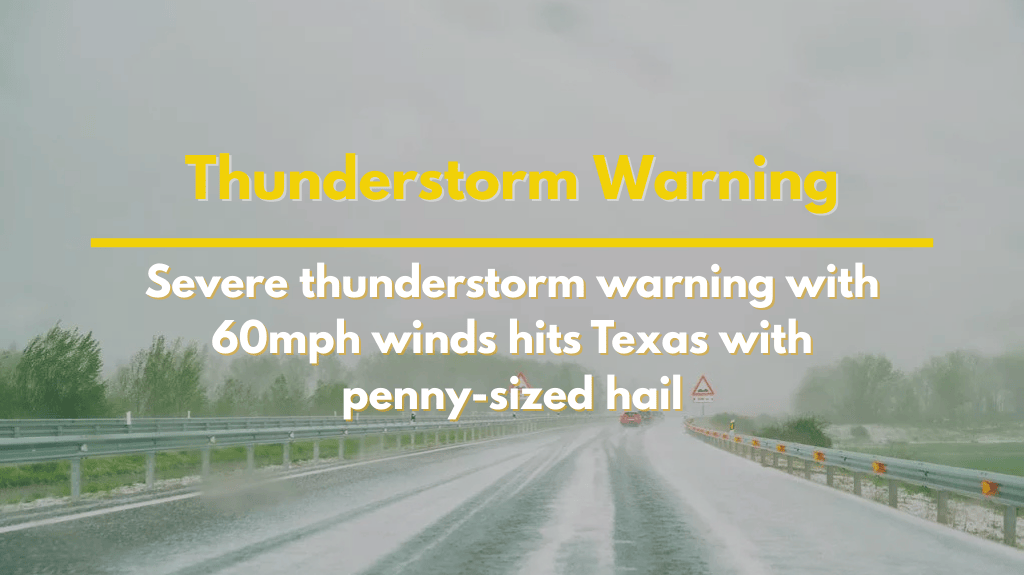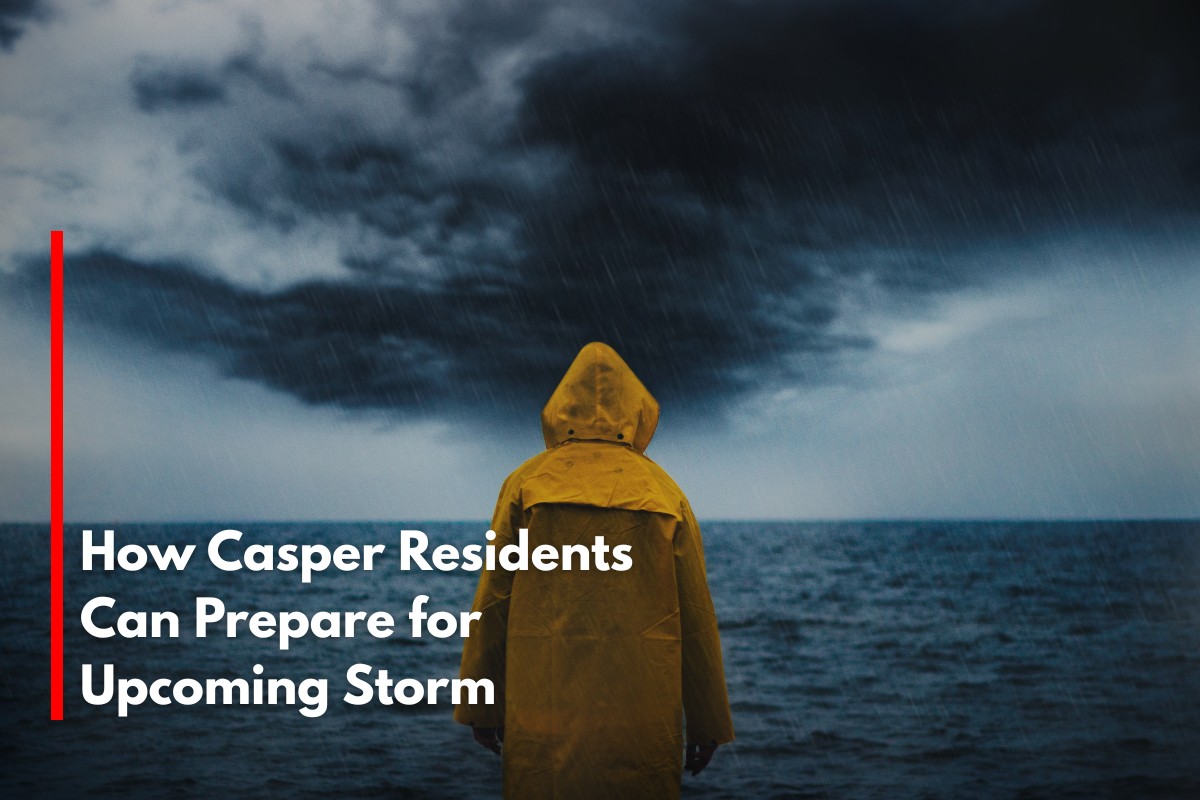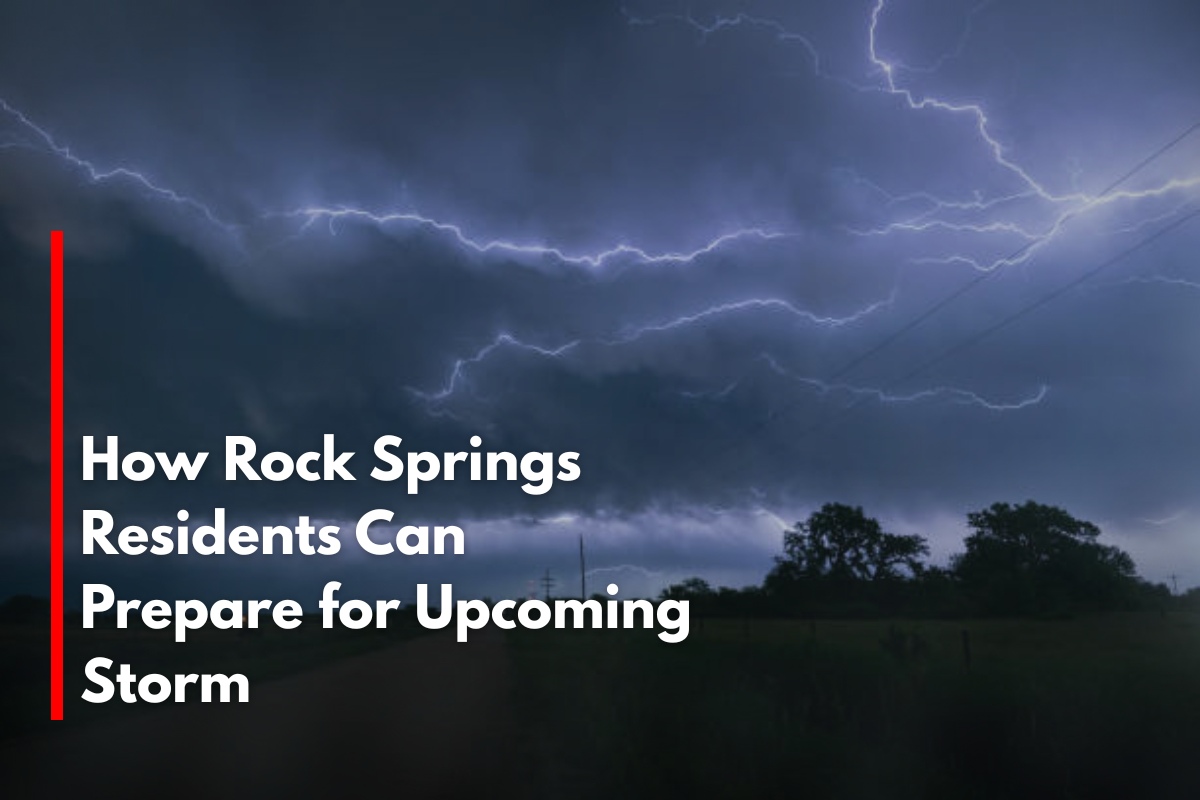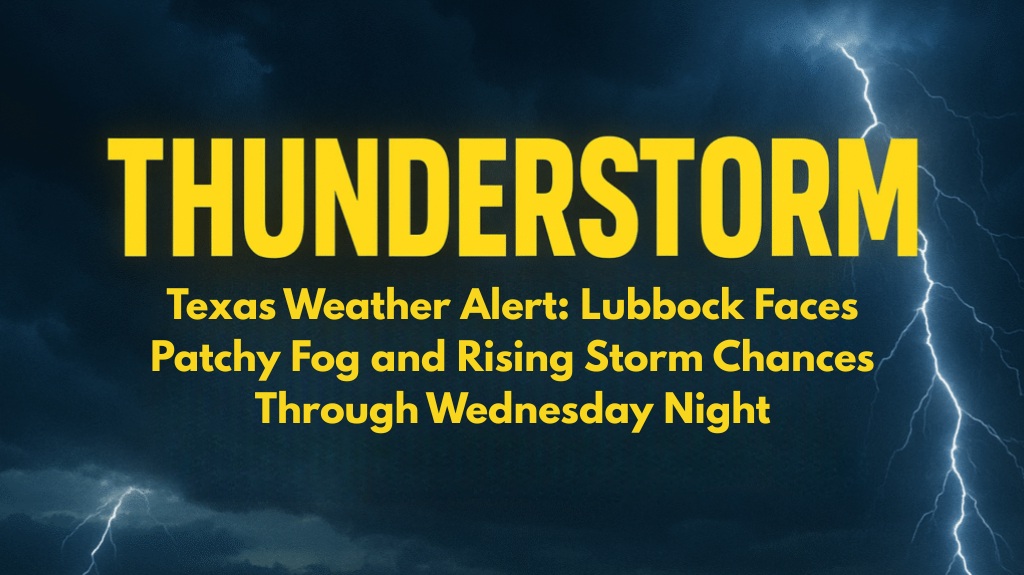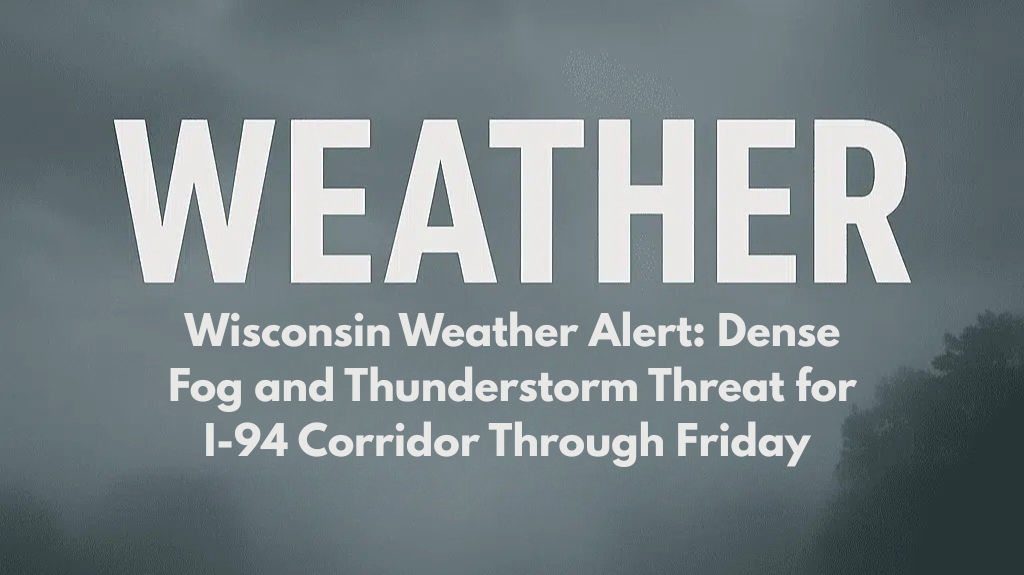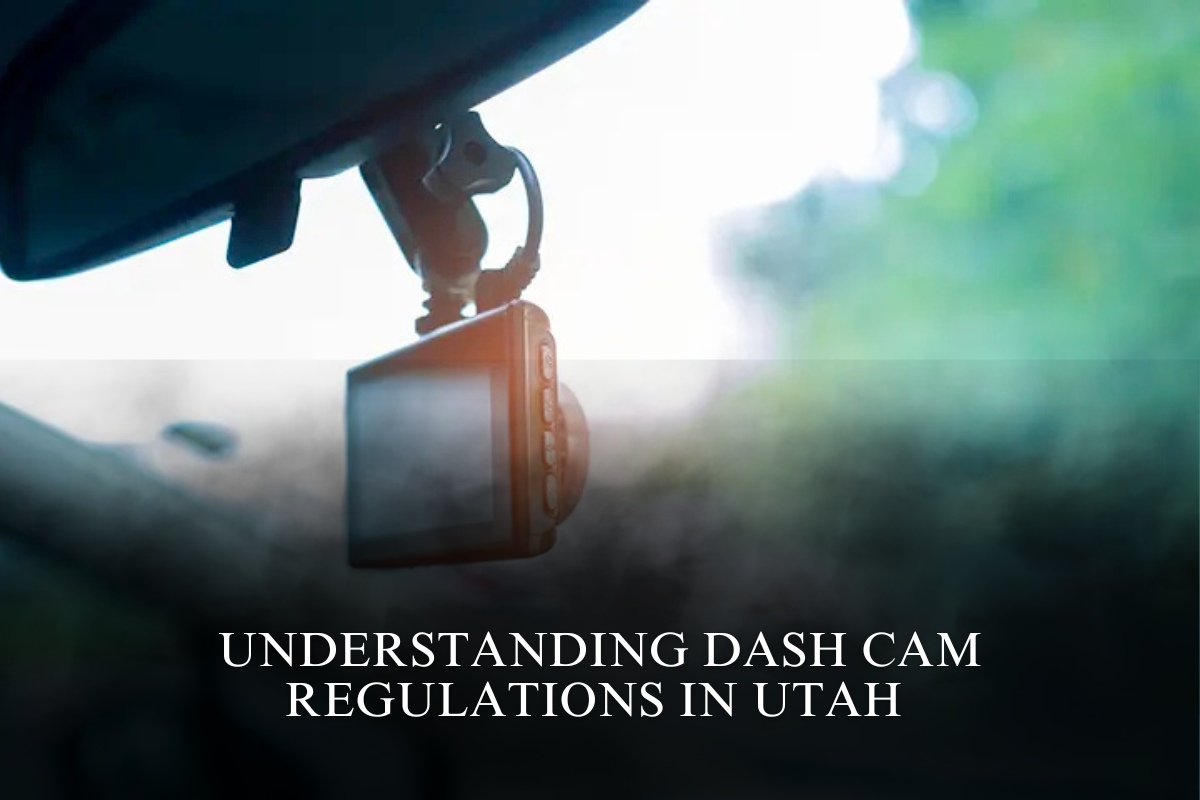The National Weather Service has issued an updated severe thunderstorm warning for Upshur County, Texas.
The warning was issued at 6:10 p.m. on Thursday and will be in effect until 6:30 p.m. in eastern Texas.
The storms are expected to produce wind gusts of up to 60 mph and penny-sized hail (0.75 inches).
“At 6:10 p.m., severe thunderstorms were located along a line extending from near Gilmer to 7 miles west of Rosewood, moving southeast at 15 mph,” according to the National Weather Service. “Expect damage to roofs, siding, and trees.”
The warning covers Gilmer, Diana, Rosewood, Bettie, and Pritchett.
The National Weather Service continued: “For your protection move to an interior room on the lowest floor of a building.”
Preparing for approaching lightning
Lightning strikes the United States approximately 25 million times each year, mostly during the summer. Lightning claims the lives of about 20 people annually, according to the NWS.
The risk of lightning-related incidents escalates as thunderstorms draw near, reaching its peak when the storm directly looms overhead. However, it gradually recedes as the tempest moves.
To protect yourself during a thunderstorm, take these recommendations into consideration:
Lightning safety plan
When venturing outdoors, it’s crucial to have a lightning safety plan in place.
Monitor the sky for threatening signs and listen for the sound of thunder. If thunder is audible, it’s an indication that lightning is nearby.
Seek shelter promptly in a safe location, preferably indoors.
Indoors safety measures
Once you’ve found shelter indoors, abstain from using corded phones, electrical appliances, or plumbing fixtures, and refrain from approaching windows and doors.
These precautions help reduce the risk of electrical surges, as lightning can follow conductive pathways.
Wait for the all-clear
After the last lightning strike or thunderclap, wait at least 30 minutes before resuming outdoor activities.
Lightning can strike even when a storm has seemingly passed, so exercise caution.
When indoor shelter isn’t available:
If you find yourself outdoors without access to indoor shelter during a thunderstorm, take these steps to maximize your safety:
Avoid open fields, hilltops, or ridge crests, which expose you to greater lightning risk.
Steer clear of tall, isolated trees and other prominent objects. In forested areas, stay close to lower stands of trees.
If you’re in a group, ensure that individuals are spaced out to prevent lightning current from transferring between people.
Camping in an open setting during a thunderstorm is strongly discouraged. If no alternative exists, set up camp in a valley, ravine, or other low-lying areas. Remember that a tent offers no protection against lightning.
Do not approach water bodies, wet objects, or metal items. While water and metal don’t attract lightning, they conduct electricity effectively and can pose significant risks.
When dealing with the threat of lightning, preparation and vigilance are your best allies. Following these guidelines will significantly reduce the likelihood of lightning-related incidents while prioritizing your safety.
Mastering wet roads
Rain can make roads hazardous. Stay informed and follow the NWS’s safety tips during heavy rainfall:
Beware of rapid water flow:
In heavy rain, avoid parking or walking near culverts or drainage ditches, where fast-moving water can pose a serious threat.
Maintain safe driving distances:
Use the two-second rule to keep a safe distance from the car in front of you, and add two seconds in heavy rain.
Slow down and drive carefully:
On wet roads, slowing down is essential. To prevent skidding, gradually ease off the accelerator and avoid abrupt braking.
Choose your lane wisely:
Stay in the middle lanes, as water tends to pool in the outside lanes.
Prioritize visibility:
Turn on your headlights and be cautious of other vehicles in the rear and in blind spots, which are especially difficult to see through rain-spattered windows.
Watch out for slippery roads:
Be extra cautious for the first half hour after rain begins. Grime and oil on the road surface mix with water, making the road slippery.
Maintain a safe distance from large vehicles:
Avoid following large trucks or buses too closely. The spray produced by their large tires impairs your vision. Take care when passing them, and if you must, pass with caution.
Remember your windshield wipers:
Heavy rain can overload the wiper blades. When visibility is so low that the road edges or other vehicles cannot be seen from a safe distance, it is time to pull over and wait for the rain to stop. It is preferable to stop at rest areas or other protected areas.
When stopping by the roadside is your only option, park as far off the road as possible, preferably beyond guardrails. To alert other drivers to your location, keep your headlights on and emergency flashers activated.
Following these safety precautions can significantly reduce risks and ensure your well-being when heavy rain falls. Stay informed about weather conditions and follow local authorities’ advice to ensure a safe journey.
